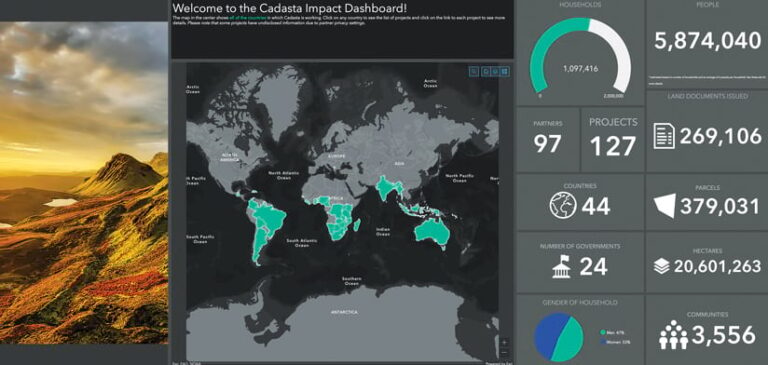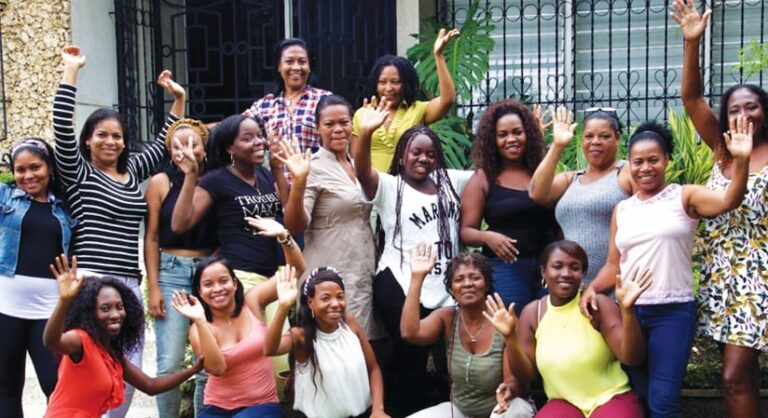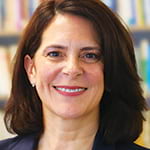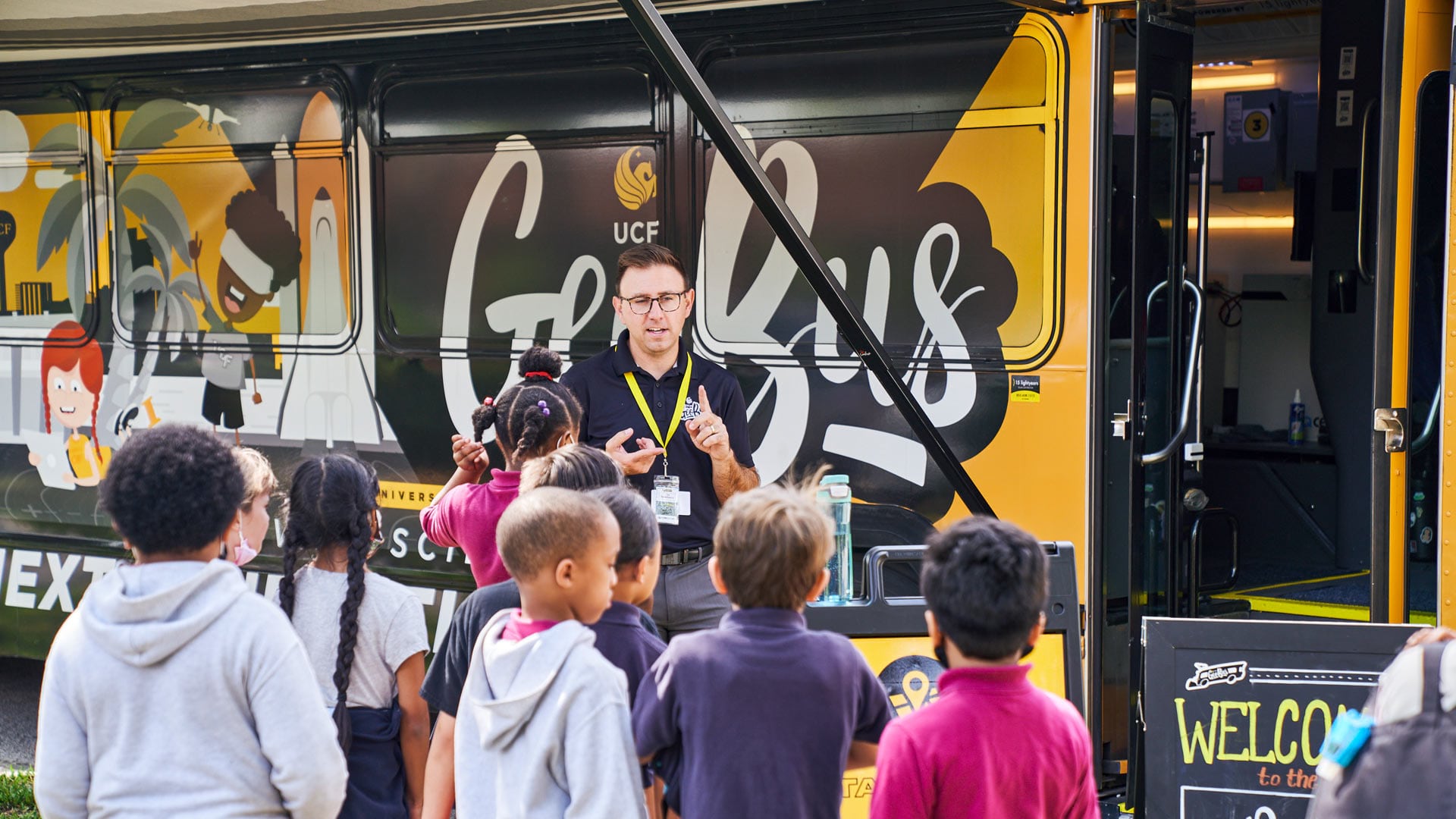Editor’s Note: This article was originally published as a guest blog post by the United Kingdom’s Geospatial Commission. It has been lightly edited for clarity and style.
It is estimated that 70 percent of land in the developing world is undocumented. This makes one billion people vulnerable to eviction and, more specifically, affects a staggering one in five women globally, according to nongovernmental research organization Prindex.
Land rights are the foundation of stability and prosperity. Landownership insecurity—the fear of losing your home or the land on which you live and farm—is often linked to a lack of legally recognized landownership documents to prove or defend land claims.

Even when accounting for legal and cultural differences across countries, women are disproportionately disadvantaged when it comes to land access and property rights.
We know from evidence that when women do have secure landownership, the entire household benefits. Women increase their decision-making power, agricultural productivity, income, health and education spending, and investments in climate-resilient land practices. Conversely, landownership insecurity limits women’s economic and social status and makes them and their families more vulnerable to poverty, eviction, conflict, land grabs, hunger, and climate change.
The Sustainable Development Goals (SDGs)—namely, SDG 1, to end poverty, and SDG 5, to achieve gender equality—call for reforms to give women equal rights to economic resources. These include access to ownership and control over land and other forms of property, as well as financial services, inheritances, and natural resources.
Esri partner Cadasta is a nonprofit global technology and services organization that enables vulnerable communities to affordably and easily document, map, and secure inclusive land and resource rights. By creating an accessible digital record of land, property, and resource rights and building local capacity, Cadasta helps empower individuals, communities, organizations, governments, and businesses with the information they need to make data-driven decisions and put vulnerable communities and their needs on the map.
Of the 5.8 million people registered on Cadasta’s platform—who live in 3,566 communities across 44 countries on 20.6 million hectares of land—53 percent are women and girls. Registering women and girls for the platform is done through community and government engagement to change mindsets and practices, which complements the introduction of geospatial tools to achieve gender parity in the data.

Another essential tool for strengthening women’s land rights is ensuring that women’s names are on formal land documents. From the outset, Cadasta has helped its partners develop clear, localized gender inclusion strategies to close the gap between the law and the implementation of women’s rights.
In Her Name: Ampol Satyavathi’s Story
Getting her name on a land title was a life-changing experience for Ampol Satyavathi, a local vendor in a small fishing village near Konark, on the Bay of Bengal in the Puri district of the state of Odisha, India.
For 38 years, she lived in this informal community with no secure title to her home or land. Through a partnership with Tata Trusts and the state government’s Jaga Mission—dubbed the “world’s largest slumland settlement program” and winner of a World Habitat Award—Satyavathi’s dream of owning her own place became a reality.
“I now have the document that proves that this is my home and my business,” she said. “I feel more secure and am hopeful that this will help my business grow.”
Facilitated by the use of geospatial technology and digital survey tools, all members of the community have received land rights documents. Additionally, the area has been upgraded with improved roads, markets, water and sanitation services, and lighting.
For Satyavathi and her community, geospatial technology, participatory community mapping exercises, and the resultant land rights have made a huge difference—all the more for children.
“The young people were the ones who proposed the road extension, the play area for the children, and the fish storage area,” Satyavathi said.
In addition to securing Satyavathi’s land, the collection and use of geospatial data have empowered people to set a course for the future of the whole community.
Mapping from the Ground Up
Considering women’s rights and participation every step of the way, Cadasta provides the technology and geospatial tools that help document women’s use of, and claims to, land. Making geospatial technology accessible allows the visualization and understanding of data in new ways, which further enables them to make decisions that will improve their lives.
The technology and geospatial mapping tools and workflows that Cadasta provides—including digital survey data collection—support full community engagement and empowerment. Cadasta’s tools are taught to partners who then train community mappers and data collectors, including women and young people. Women data collectors help break down gender barriers during interviews with other women and model the power of women’s digital literacy for the rest of the community.
Leveraging geospatial technology as a tool to lead efforts around gender equality, climate change action, land tenure, and the creation of more sustainable communities brings wider benefits. Cadasta demonstrates the art of the possible—what real-world progress looks like on the ground. The organization reflects to global stakeholders what local partners can do to lead their own development with enterprise-level technology, technical support, and targeted investments.
One way that governments, multilateral organizations, businesses, and philanthropists can lift women up through land rights is by providing them with access to enabling technology, including geospatial technology. This has the power to transform people’s economic, social, and environmental situations around the globe—all for the better.


